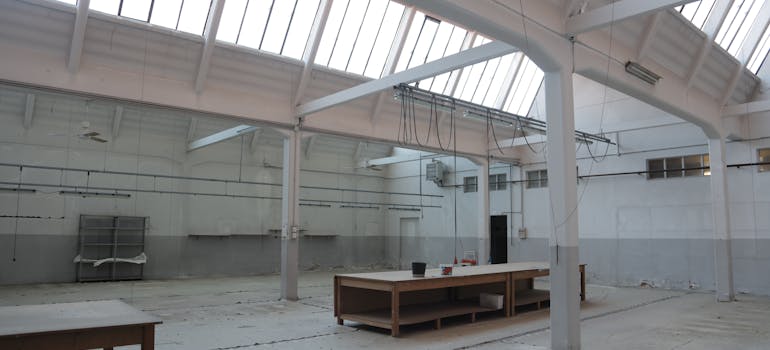
The past few years has seen a surge in technology; but in the midst of feeling as though technological advances have pervaded every part of our lives, businesses of all industries have been on a quest to use IoT to unlock the true value of the data generated by smart facilities. The concept of harvesting the data of smart buildings isn’t new, but its meaning and potential value have never been explored, described or put to use.
So, what is the value of investing in a smart building solution for your self-storage facility? When calculating the ROI, it all comes down to a critical understanding of what you’re getting in exchange for the time, money and resources you’re investing in and how it can contribute to your bottom line.
Although energy savings is typically the notion that sparks a company’s interest, it isn’t the only concept that one should consider when measuring ROI. The essence of a smart facility lies in its ability to optimize multiple variables of a building’s day-to-day operation in order to create a dynamic, responsive environment that can meet the needs of employees and customers.
IoT enables owners and operators in the self-storage industry with management systems that allows for automation, management, and the precise tracking of routine activities within their facility. Through the day-to-day activities of a self-storage facility, the data of your tenants’ is stored and analyzed so that adjustments can be made, and further savings can be realized.
Another factor in the value of a smart facility is based on how IoT can ultimately impact the tenant’s experience while simultaneously creating a better work environment for employees. By implementing the foundational technology elements of a smart building (such as HVAC, lighting, mobility and easy data access), self-storage facility owners and operators are able to automatically establish a business that is responsive to the needs of the people who work there, as well as the customers who frequent the building. Subsequently, these basic components of a smart facility ultimately can be linked to employee wellness and productivity.
In conclusion, the value of a smart self-storage facility can be leveraged to meet the specific needs of your business to contribute to your bottom line. If the optimization of your facility can boost employee productivity, enhance a tenant’s experience, provide easy access to data, grant mobility, and recommend adjustments to save on your daily operational costs – then simply put: its value is exponential.














